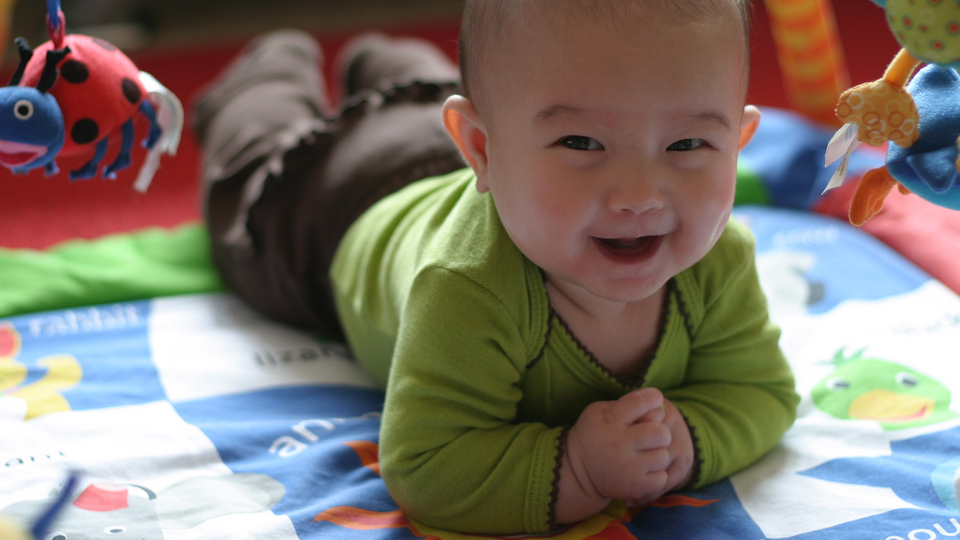Tummy Time
Tummy time is an important developmental process for babies. For many parent’s there are many questions and difficulties which can arise throughout the journey.
Tummy time is defined as an infant being placed on their stomach whilst they are awake and supervised.
It has been shown to have a positive effect on infant development and head shape. (Hewitt L et al 2017)
There are lots things that affect tummy time ability. These include age, time spent doing tummy time when age, ability to extend the neck, and comfort when prone. (Hewitt L et al 2017)
Importantly, fussiness when prone, AND time spent in the prone position BOTH correlate to motor delays (Cross J et al, 2017). This means that if your infant doesn’t enjoy prone time, there is a greater risk of motor delays. There may be several reasons for this, but fussiness when prone is an indicator to seek help.
Time spent prone during the day is the essential ingredient, as we know that babies who sleep supine (on their back) has a greater risk of motor delay (Majnemer A et al, 2006). Later studies in babies sleeping supine have confirmed that babies with effective time in the prone (front) position do better in their motor development that supine sleeping babies who do less day tummy time (Monson RM et al, 2003). The implication of this is that we should continue supine (on the back) sleeping – but concentrate on daytime tummy time.
The frequency and ability of the infant throughout the day then becomes the issues. One study looking at two-month-old infants found better gross motor milestone achievement in those doing over 15 minutes of prone time (Salls et al, 2002). The recommended amount of tummy time done per day varies depending on the age of the infant.
There are various strategies that can assist in helping a babies’ ability and enjoyment with prone time, and the advice given also depends on a baby’s age.
For more information – come to our tummy time workshop.




